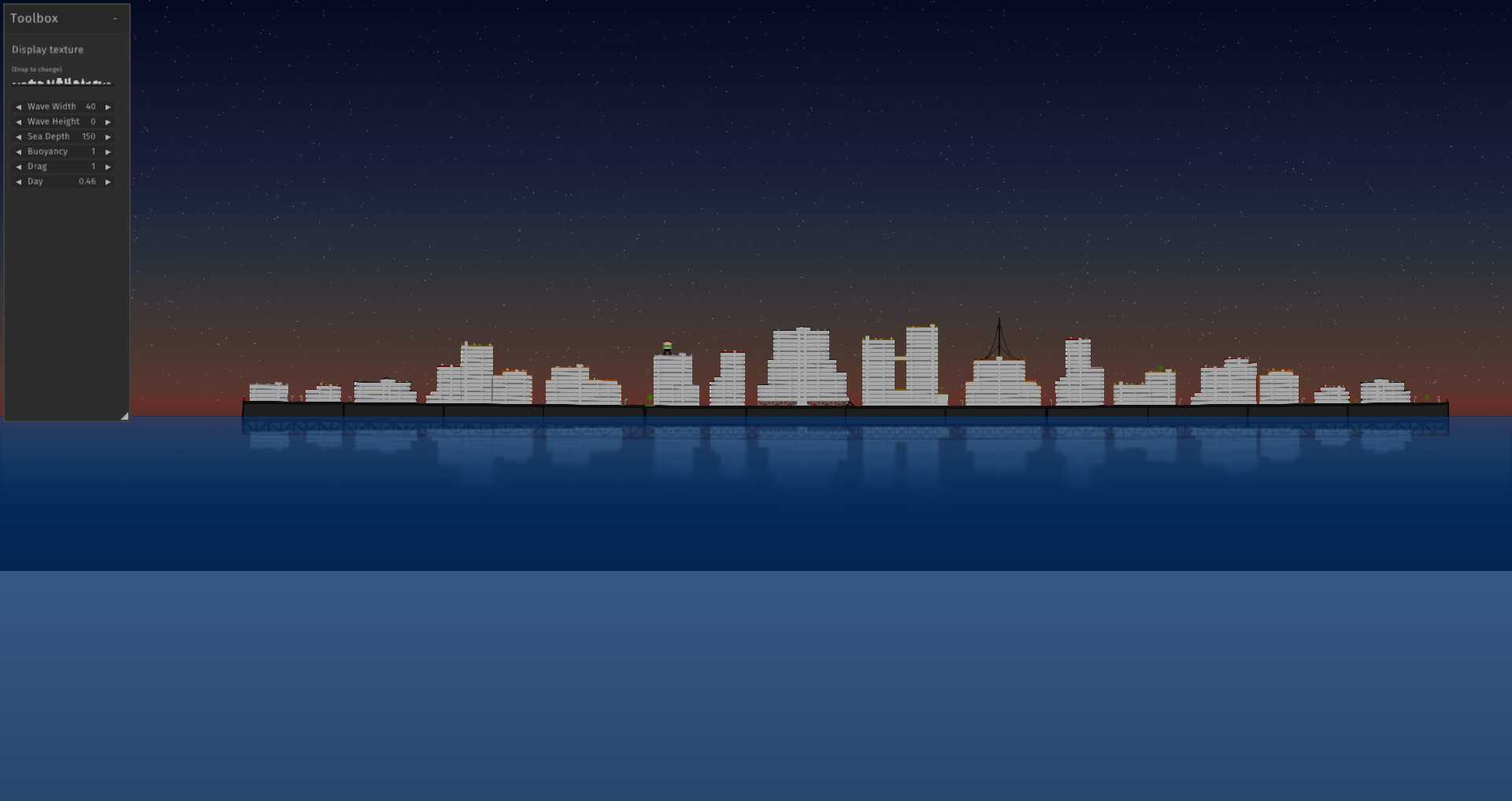

The third column sketches the overall motion of the granular droplet (gray) and the bulk particle phase (green) light green indicates a mobilized and dark green an immobilized bulk phase. All results are obtained in a CFD-DEM simulation using A = 1 mm, f = 10 Hz, and U / U mf = 0.97. Here, v is calculated in the reference frame of the vibrating bed, i.e., the y component of v is reduced by the instantaneous vertical velocity of the confining walls. In the second column, the granular droplet is shown as a gray contour and the particle velocity v is visualized via color coding and vector fields. The opacity of the black lines increases with increasing contact force magnitude. In the first column, the droplet particles are gray and the normal contact force F c, n acting between contacting bulk particles is shown as black lines.

The sketch in the left top corner of each row indicates the vertical displacement of the bed at the given phase (red dot) and the extent of the corresponding stage of motion (red part of the sine curve). Each row illustrates one of the five stages of motion identified with increasing φ from (a) to (e). The dynamics of the bulk and granular droplet particles at different stages of the vibration cycle (phase φ).

Our investigations identified three requirements for a granular droplet to split: (1) frictional interparticle contacts, (2) a higher density of the particles composing the granular droplet compared to the bulk particles, and (3) a minimal granular droplet diameter. The occurrence of consecutive splitting events is explained by the reformation of an immobilized zone underneath the droplet fragments. The resulting fragments sink at inclined trajectories around the immobilized zone until another splitting event is initiated. This zone obstructs the downwards motion of the droplet and causes the droplet to spread and ultimately to split. By applying particle image velocimetry and numerical simulations, we demonstrate that the droplet of high-density particles causes the formation of an immobilized zone underneath the droplet. However, different physical mechanisms cause a granular droplet to split.
COLOR FOR SINKING SIMULATOR 2 SERIES
During its sinking motion, a granular droplet undergoes a series of binary splits resembling the fragmentation of a liquid droplet falling in a miscible fluid. This work explores the physics behind the splitting of a granular droplet that is composed of smaller and denser particles in a bed of larger and lighter particles. Recent experimental results have shown that binary granular materials fluidized by combined vibration and gas flow exhibit Rayleigh-Taylor-like instabilities that manifest themselves in rising plumes, rising bubbles, and the sinking and splitting of granular droplets.


 0 kommentar(er)
0 kommentar(er)
